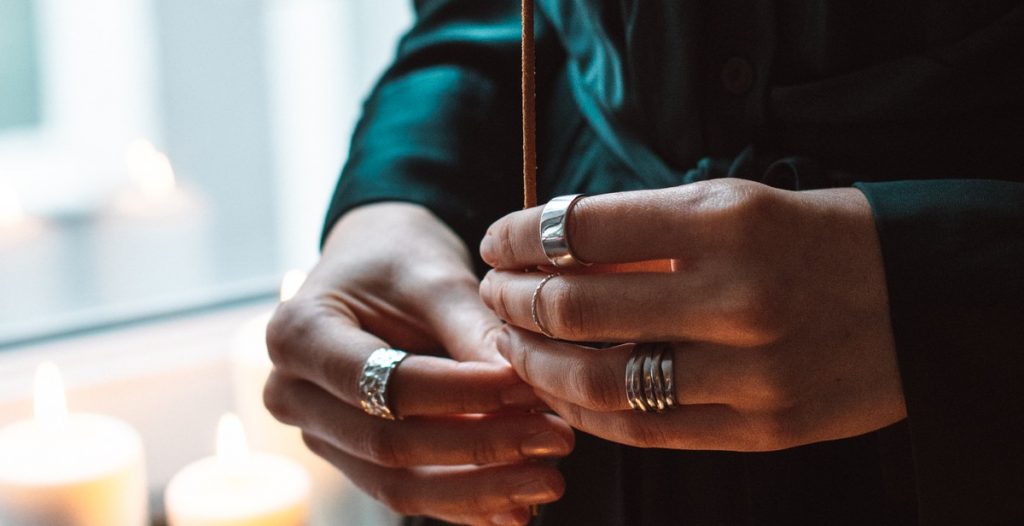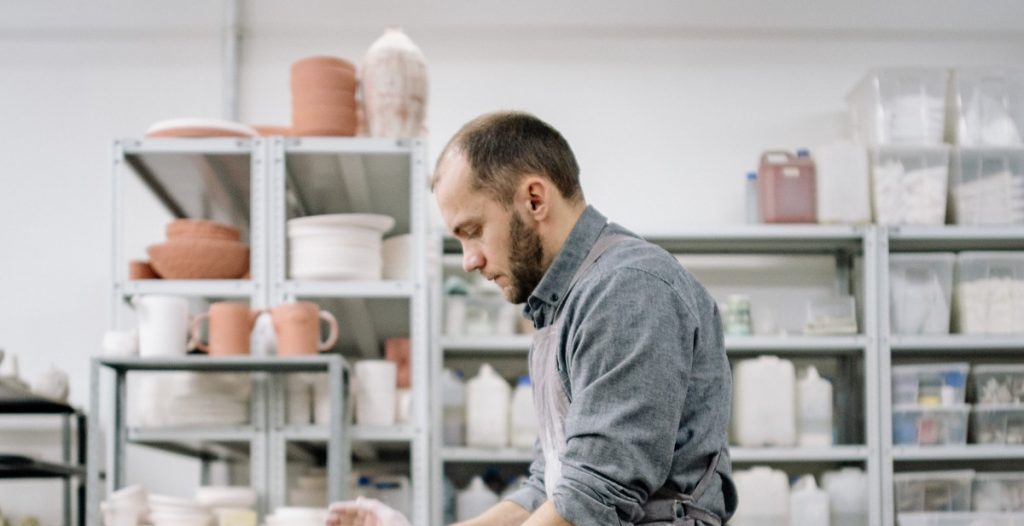Developing new and unique fragrance combinations for candles
Candles are used for various purposes such as decoration, relaxation, and meditation. Fragrance is one of the most important aspects of a candle, as it sets the mood and creates an ambiance in the room. Fragrances can evoke memories, emotions, and feelings, making them an integral part of the candle-making process.
Why fragrance combinations are important for candles
Fragrance combinations are important for candles because they can create a unique and memorable experience for the user. The right combination of fragrances can enhance the overall experience and make the candle more appealing to consumers. Combining fragrances can also create a more complex scent profile, adding depth and character to the candle.
Developing new and unique fragrance combinations requires creativity, experimentation, and knowledge of fragrance notes. It is important to consider the base notes, middle notes, and top notes of each fragrance to ensure they complement each other and create a harmonious blend.
With the right fragrance combinations, candles can become more than just a source of light; they can become a sensory experience that enhances the atmosphere of any room.

Understanding Fragrance Notes
When it comes to developing new and unique fragrance combinations for candles, understanding fragrance notes is essential. Fragrances are made up of different notes that create a specific scent profile. These notes are classified into three categories:
Top Notes
Top notes are the initial scents that you smell when you first open a candle or perfume. They are usually light and refreshing, and they evaporate quickly. These notes are responsible for creating the first impression of the fragrance. Common top notes include citrus, herbs, and fruits.
Middle Notes
Also known as heart notes, middle notes are the scents that emerge after the top notes have evaporated. They are the backbone of the fragrance and provide the main body and character. Middle notes are usually floral or fruity and can last for several hours. Common middle notes include lavender, jasmine, and rose.
Base Notes
Base notes are the scents that linger after the top and middle notes have evaporated. They are usually rich and heavy and provide depth and longevity to the fragrance. Base notes are typically made up of woods, musks, and resins. They are the foundation of the fragrance and can last for several days. Common base notes include sandalwood, vanilla, and patchouli.
| Top Notes | Middle Notes | Base Notes |
|---|---|---|
| Lemon | Lavender | Sandalwood |
| Orange | Jasmine | Vanilla |
| Bergamot | Rose | Patchouli |
Understanding fragrance notes is crucial for creating unique and appealing candle fragrances. By blending different notes together, you can create a complex and multi-dimensional scent profile that appeals to a wide range of customers. Whether you’re looking to create a fresh and light scent or a deep and musky fragrance, knowing how to balance and combine fragrance notes is the key to success.

Creating Unique Fragrance Combinations
Developing new and unique fragrance combinations for candles can be a challenging task, but with creativity and experimentation, you can come up with scents that are both delightful and appealing. Here are some tips to help you create unique fragrance combinations:
Experiment with Different Combinations
One of the best ways to create unique fragrance combinations is to experiment with different scents. Try combining two or three different fragrances to see what works best. You can start with scents that are similar or completely different. For example, you can combine floral scents with fruity or spicy ones to create a unique fragrance that is both refreshing and comforting.
Consider the Mood or Setting
The mood or setting of a room can greatly influence the type of fragrance you should use. For instance, if you want to create a relaxing atmosphere in a bedroom, you can use lavender or chamomile scents. For a lively and energetic setting, you can use citrus or peppermint scents. It’s important to consider the mood or setting of the room before you choose a fragrance combination.
Take Inspiration from Nature
Nature is a great source of inspiration when it comes to creating unique fragrance combinations. You can take inspiration from flowers, fruits, and other natural elements to create scents that are both refreshing and captivating. For example, you can use a combination of jasmine and orange blossom to create a delightful and soothing fragrance.
Think Outside the Box
To create truly unique fragrance combinations, you need to think outside the box. Don’t be afraid to try new things and experiment with unconventional scents. For example, you can combine coffee and cinnamon scents to create a warm and inviting fragrance that is perfect for a cozy winter evening.
- Experiment with different combinations
- Consider the mood or setting
- Take inspiration from nature
- Think outside the box
In conclusion, creating unique fragrance combinations for candles requires creativity, experimentation, and a willingness to try new things. By following these tips, you can come up with scents that are both delightful and appealing to your customers.

Tips for Developing Fragrance Combinations
Developing new and unique fragrance combinations for candles can be a challenging task. It requires a lot of creativity, experimentation, and patience. Here are some tips that can help you in developing fragrance combinations that are not only unique but also appealing to your target audience.
Start with a Base Fragrance
When developing fragrance combinations, it is always a good idea to start with a base fragrance. A base fragrance is a fragrance that provides the foundation for your fragrance combination. It is usually a fragrance that is familiar and widely used. Examples of base fragrances include vanilla, lavender, and sandalwood. Starting with a base fragrance makes it easier to develop a fragrance combination that is harmonious and well-balanced.
Use a Fragrance Wheel
A fragrance wheel is a tool that can help you in developing fragrance combinations. It is a circular diagram that shows the relationships between different fragrance families. The fragrance wheel can help you in identifying fragrances that complement each other and fragrances that do not. It can also help you in developing fragrance combinations that are unique and interesting.
Keep Detailed Notes
When developing fragrance combinations, it is important to keep detailed notes. You should record the fragrances that you use, the quantities that you use, and the results that you achieve. Keeping detailed notes can help you in reproducing successful fragrance combinations and avoiding unsuccessful ones.
Test, Test, Test
Testing is an important part of developing fragrance combinations. You should test your fragrance combinations in different candle waxes, at different concentrations, and in different environments. Testing can help you in identifying fragrance combinations that are not only unique but also stable and long-lasting.
| Top Notes | Heart Notes | Base Notes |
|---|---|---|
| Citrus | Floral | Woody |
| Fruity | Spicy | Oriental |
| Green | Aromatic | Musky |
In conclusion, developing fragrance combinations for candles requires creativity, experimentation, and patience. Starting with a base fragrance, using a fragrance wheel, keeping detailed notes, and testing are some of the tips that can help you in developing unique and appealing fragrance combinations.

Conclusion
Developing new and unique fragrance combinations for candles can be a fun and rewarding experience for both hobbyists and professionals. With the right ingredients, tools, and techniques, anyone can create a signature scent that stands out from the crowd.
Before you start experimenting, it’s important to consider your target audience and the market trends. Research what fragrances are popular and what gaps exist in the market. This will help you create a scent that appeals to your customers and stands out from the competition.
When creating your fragrance blends, start with small batches and keep detailed notes of your ingredients and ratios. This will help you replicate successful blends and adjust any that didn’t work out as planned.
Don’t be afraid to try new things and mix unexpected scents together. Some of the best fragrance combinations come from experimentation and taking risks.
Finally, remember that fragrance is subjective, and what smells good to one person may not appeal to another. Trust your instincts and create scents that you love and are proud to share with others.
By following these tips and putting in the time and effort, you can develop new and unique fragrance combinations for candles that will delight your customers and set your brand apart from the rest.



